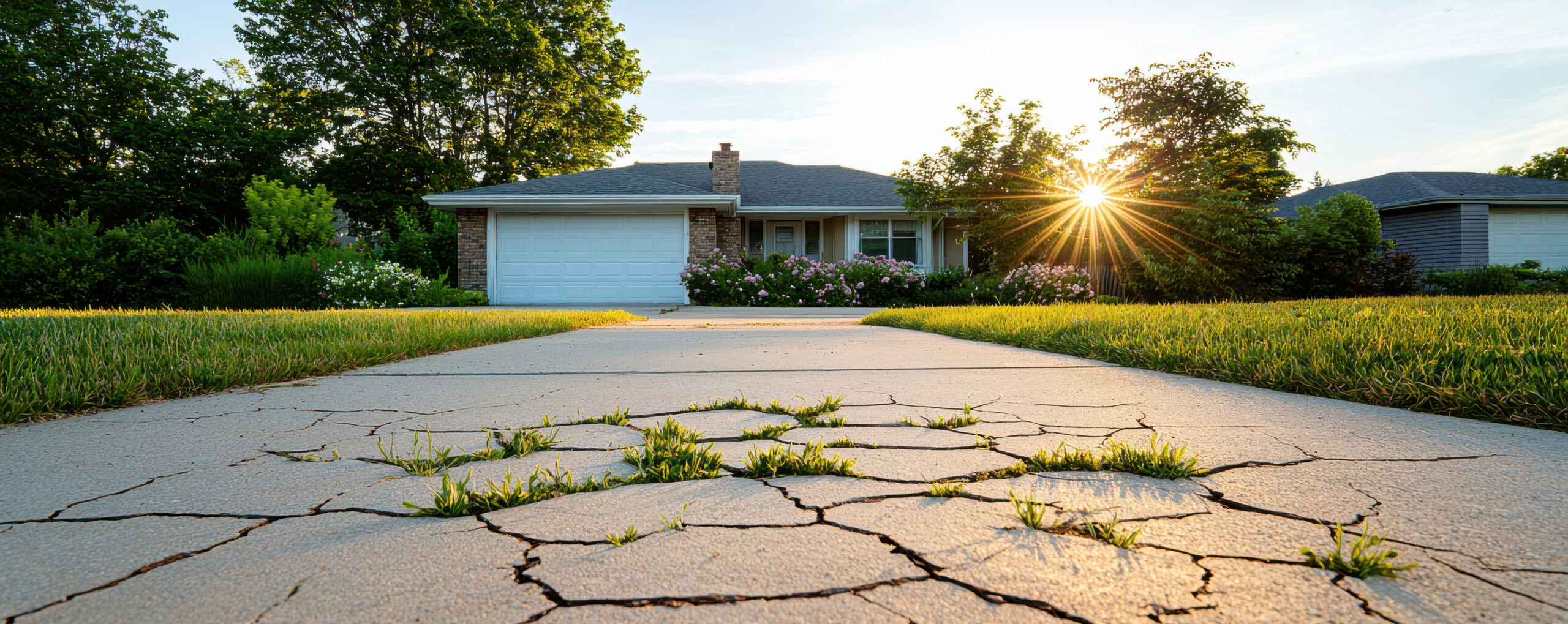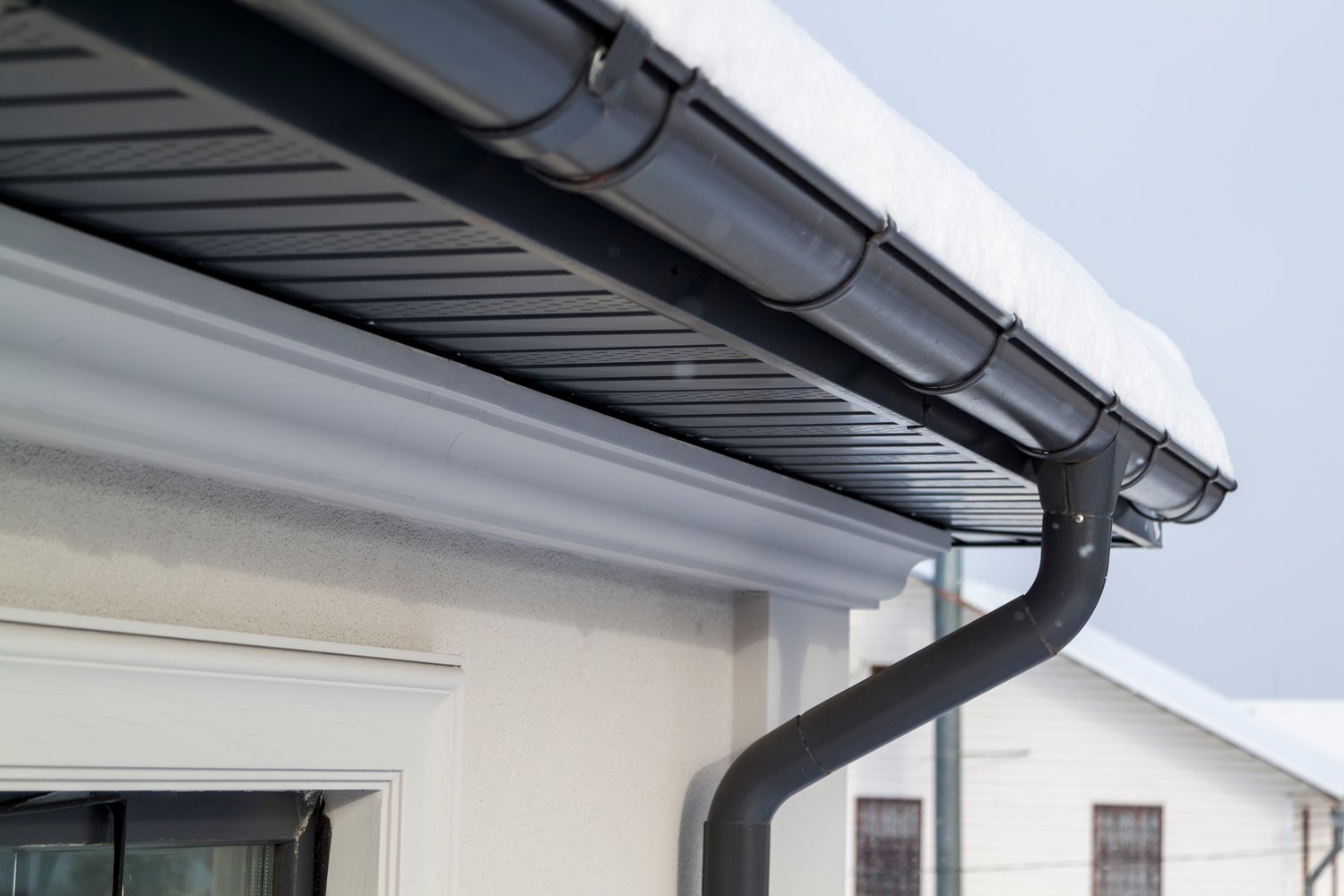Paved outdoor spaces offer beauty and functionality to any property, but the persistent intrusion of weeds in paver joints can quickly diminish their appeal. These unwanted plants not only detract from the aesthetic value of your pavers but can also cause structural issues if left unchecked. This article explores effective strategies for both preventing weeds from establishing in the first place and removing existing weeds from joints between paving stones. With proper paver maintenance, weeds can be managed efficiently, preserving the beauty and integrity of your outdoor hardscaping for years to come.
Understanding Why Weeds Grow in Paver Joints
Before tackling the problem of weeds in pavers, it’s important to understand why they appear in the first place. Paver joints provide ideal conditions for weed growth: small spaces filled with sand or other materials that collect moisture, organic matter, and eventually, seeds. These seeds can be carried by wind, birds, or foot traffic and once settled in the joints, they find sufficient resources to germinate. The most common culprits are annual weeds with shallow root systems and perennial weeds with deeper, more persistent roots. Both types require different approaches for effective control and removal.
The primary reason weeds become problematic is improper paver installation or inadequate joint filling material. When pavers are installed without a proper base or when regular joint sand is used instead of polymeric sand, weeds find it easier to establish themselves. Additionally, accumulated debris and organic matter create a fertile environment for seeds to sprout, making regular paver maintenance essential for weed prevention.
Preventive Measures for Weed Control
Prevention is always more effective than cure when it comes to dealing with weeds in paver joints. One of the most reliable ways to prevent paver weeds is to use polymeric sand when installing or renovating paved areas. Unlike regular sand, polymeric sand contains additives that harden when exposed to water, creating a more solid barrier against weed growth while maintaining flexibility for paver movement.
Another effective preventive measure is installing a proper base beneath your pavers. This typically includes a layer of compacted gravel and sand that provides drainage and stability. Proper drainage prevents water accumulation, which can support weed growth. Additionally, using landscape fabric beneath the paver base can provide an extra barrier against weeds growing from below, though it won’t stop seeds that land on the surface.
Regular cleaning of your paved area also plays a crucial role in preventing weeds from taking hold. Sweeping away debris, leaves, and soil prevents organic matter from decomposing between pavers and creating a hospitable environment for seeds. As experts at AskHomey recommend, seasonal power washing can also remove early-stage weed growth and seeds before they become established.
Effective Weed Removal Techniques
Despite best preventive efforts, you may still find weeds emerging from paver joints. When this happens, prompt removal is key to preventing spread and deeper establishment. For small areas with minimal weed intrusion, manual removal can be effective. Using a paver weeding tool, which resembles a thin blade with a hook, allows you to remove weeds from joints without damaging the pavers or disturbing too much of the joint material.
For more extensive weed problems, consider using boiling water as an eco-friendly solution. Carefully pouring boiling water directly onto weeds in joints will kill them without introducing chemicals to your landscape. This method works best for annual weeds with shallow roots but may require repeated applications for persistent perennials.
Vinegar solutions (typically white vinegar with 5% acidity) can also effectively remove weeds from joints. For stronger formulations, horticultural vinegar with higher acidity levels provides more immediate results but should be used with caution as it can irritate skin and eyes. Apply the vinegar directly to the weeds on a dry, sunny day for maximum effectiveness.
Chemical Options for Persistent Problems
When dealing with severe or persistent weed problems in paver joints, chemical herbicides may be necessary. Pre-emergent herbicides prevent weed seeds from germinating and can be applied early in the growing season as a preventive measure. These should be reapplied according to package directions for continuous protection.
Post-emergent herbicides target actively growing weeds and come in selective and non-selective varieties. Selective herbicides target specific types of plants, while non-selective options kill any vegetation they contact. When using non-selective herbicides near pavers, careful application is essential to avoid damaging desirable plants nearby. Always choose products specifically labeled as safe for use around hardscaping materials to prevent damage or staining to your pavers.
Long-term Maintenance Strategies
Maintaining weed-free paver joints requires ongoing attention rather than one-time fixes. Establish a regular paver maintenance schedule that includes sweeping, occasional power washing, and joint material replenishment. Over time, even polymeric sand can break down or wash away, requiring periodic reapplication to maintain its weed-preventing properties.
Seasonal inspections allow you to catch and remove weeds from joints before they become established or go to seed. Pay particular attention to your paved areas in early spring and fall when many weed species are most active. Additionally, applying a sealer to your pavers can help reduce water infiltration into the joints, which limits conditions favorable to weed growth while also enhancing the appearance and longevity of your pavers.
For more tips and to connect with reliable home service professionals, follow AskHomey on Facebook and Instagram.



